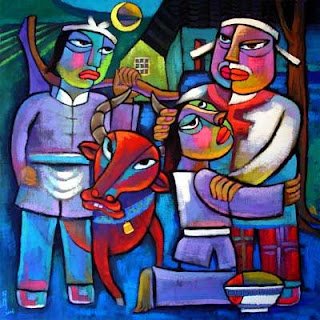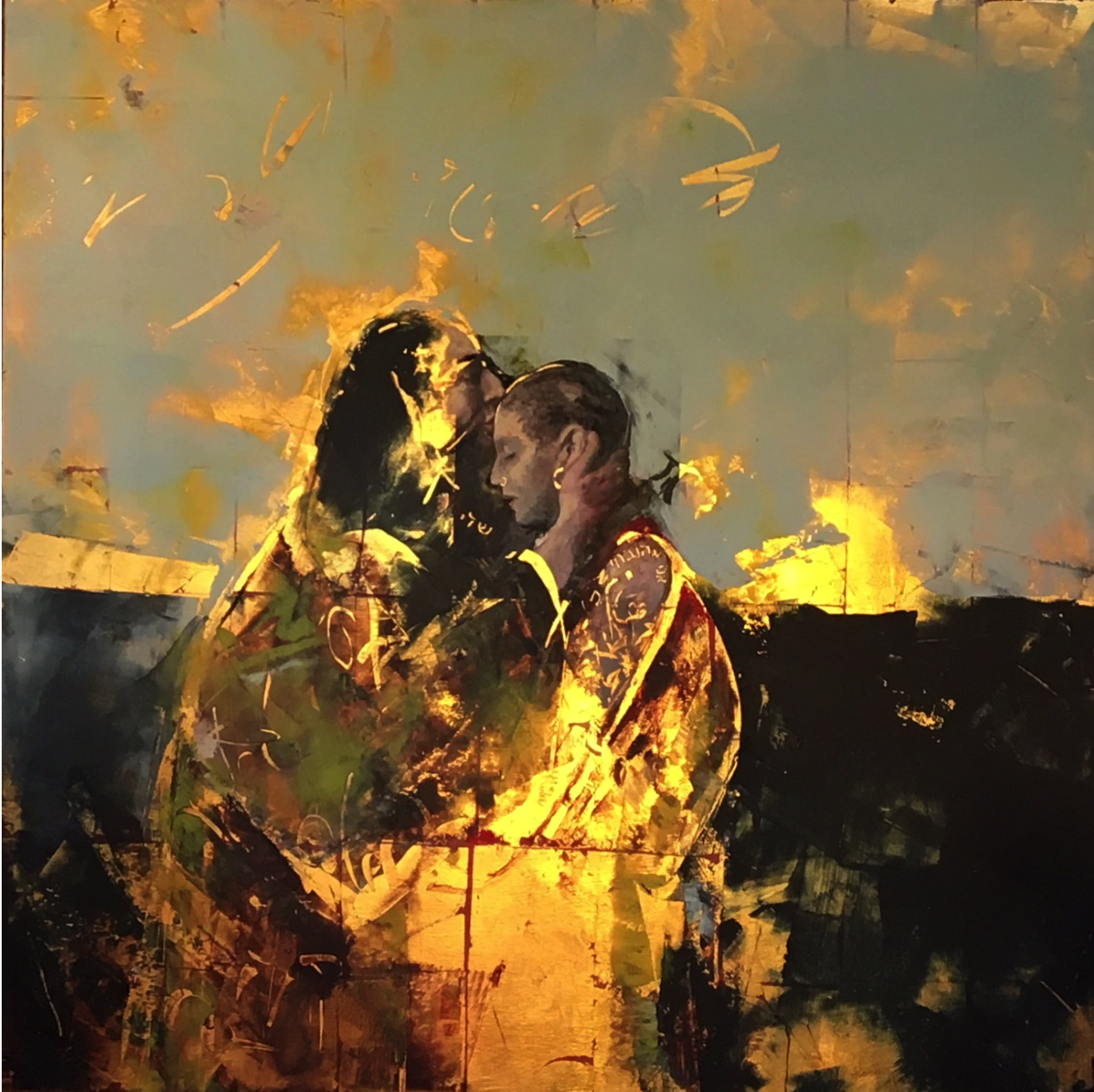Jesus, The Prodigal Son, and Nouwen
The Return of the Prodigal Son by Rembrandt
By Pastor Héctor
The theologian Henri Nouwen was inspired to write his book The Return of the Prodigal Son by analyzing Rembrant’s painting (as seen above) and Jesus’ parable found in Luke. Nouwen took note of the three principal figures–the younger son, the elder son, and the Father. Many people have explored what it means to be the younger son lost in reckless extravagance and the elder son, lost in his rectitude and resentment and Nouwen does this also. But he does two other striking things. He describes how Jesus is both of these–the younger son in “becoming sin” and the elder son, in being the beloved Son who shares all things with his father and that Jesus is also the true Elder brother who cares for the lost brother. And he also considers something I had not considered before, what it means to become the father, as we surrender our sins of rectitude and excess to the love of the Father.
This last caught my attention. I’ve often wrestled with the sins of the elder brother (as I am the eldest son in my family)–dutifully serving God and resenting those who seem to enjoy either greater fun or greater attention. But what I had not thought about before is becoming a father, loving generously both types of sons and extending the Father’s love to them. I’m realizing that I am the father in my own family line and I’ve reached the time of life to step into this. My question is what does it mean to make the move from being the repentant elder son to becoming the generous father? How does one develop the very different habits of the heart of the father?
I have also shown two different representations of the prodigal son below. How do these paintings demonstrate something different from Rembrandt? What are some of the theological differences that these other paintings can provide to recontextualize the prodigal son?



